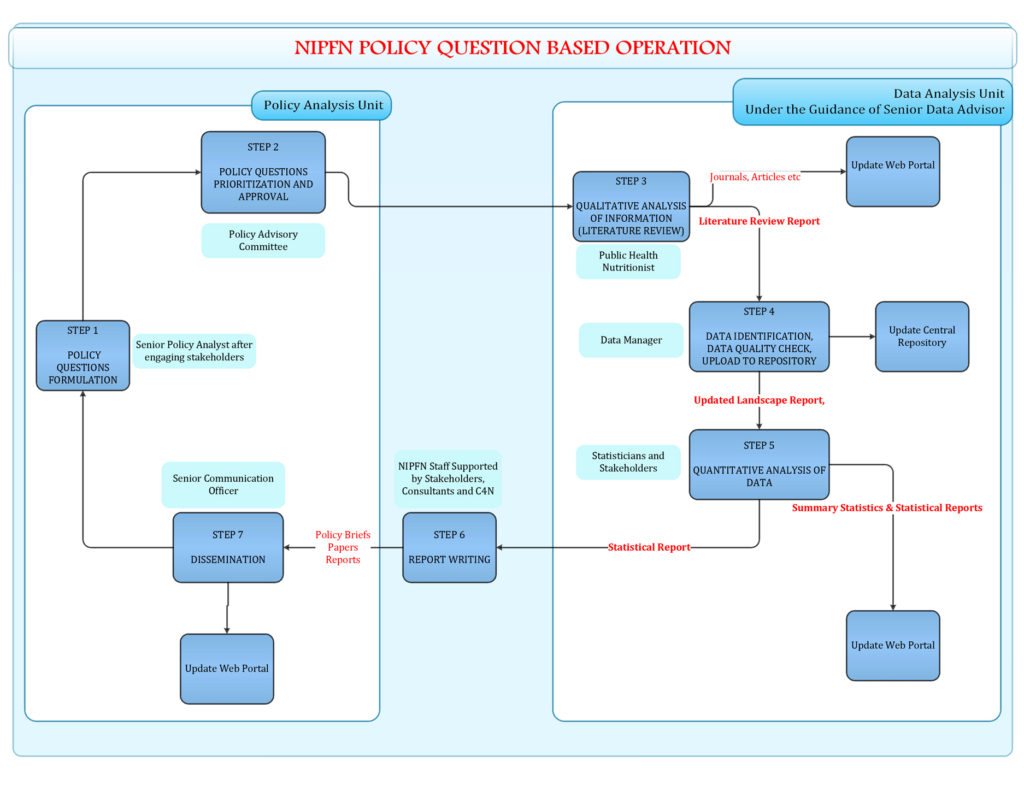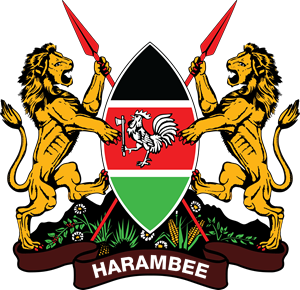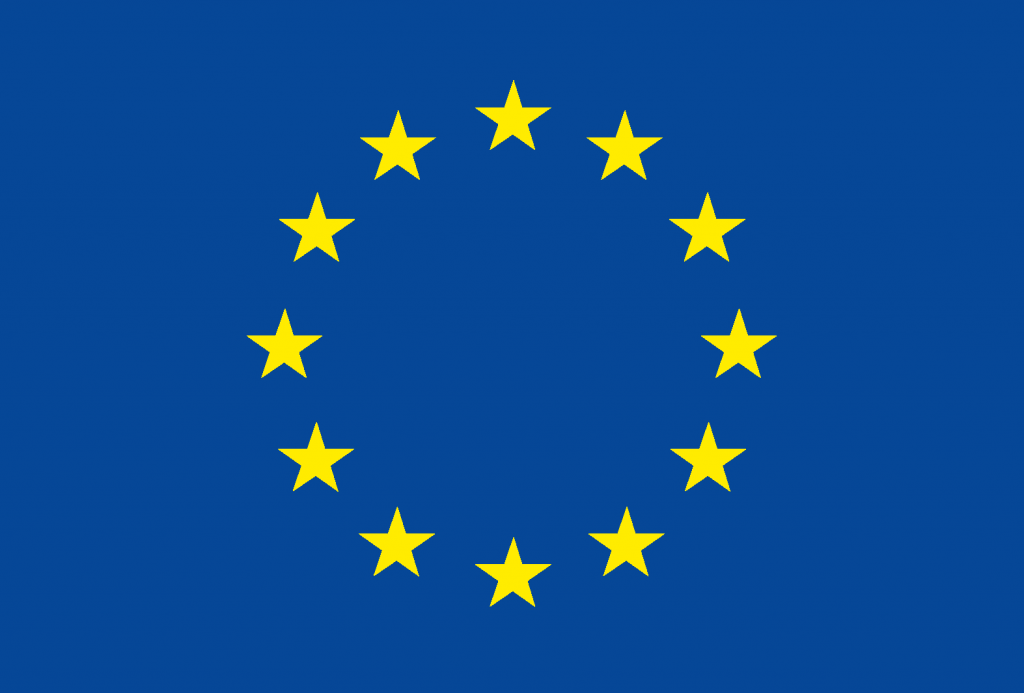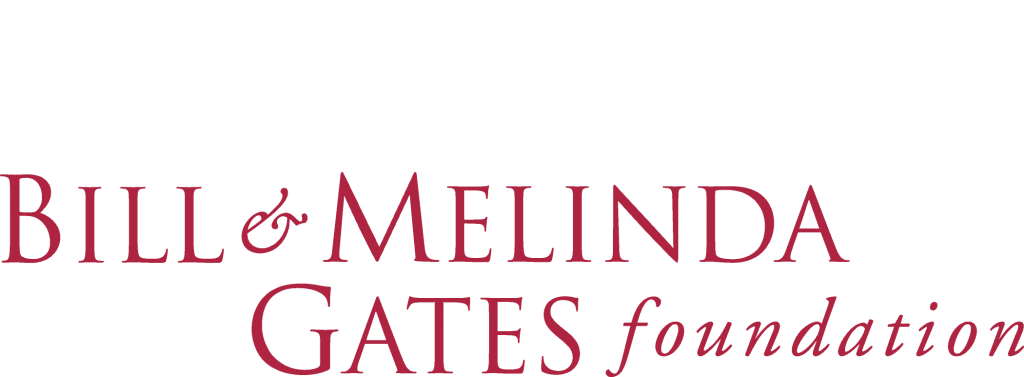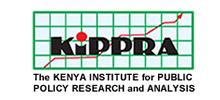
NIPFN Multi-sectoral and Multi-stakeholder Process of Policy Question Preparation
The operational cycle of NIPN begins with preparation of policy questions. NIPFN Kenya is not any different. NIPFN Kenya through the policy unit headed by KIPPRA Executive Director, is involved in analysis of information relating to food security and nutrition. The process of formulating policy questions in Kenya has been interpreted in seven interactive (multisectoral and multi-stakeholder) steps.
NIPFN Senior Policy Analyst begins with identifying a policy issue of concern by multiple stakeholders based on: public health needs, an emerging issue, existing evidence or data. It is important that the initial process of policy question formulation builds consensus and ownership amongst NIPFN stakeholders. These have been identified as those whose actions contribute to the advancement of food security and nutrition commitments as stipulated in the Food and Nutrition Security Policy 2012 and the recently launched Kenya Nutrition Action Plan 2018 – 2022.
Policy questions can be programmatic in nature, legislative, administrative or research oriented. Capacity for Nutrition (C4N), the global technical support unit, recommends a review of key timelines in food and nutrition security cycles and programme implementation. This implies approaching policy review from a landscaping angle namely, seeing the bigger picture of national food security and nutrition. Therefore, the output of this multi-sector process would be an initial set of several policy questions. NIPN Ethiopia begun with an initial 22 policy questions.
The Policy Advisory committee (PAC) which has been set up to support the policy functions of the project, helps to select and prioritize the policy questions. The committee is Chaired by KNBS Director General and KIPPRA Executive Director. The high-level delegation investigates the technical feasibility and relevance of the policy questions formulated. Participation of PAC, extensive facilitation and dialogue, ensures the right issue is captured and prioritized.
Subsequently, NIPFN Public Health Nutritionist, stationed at KNBS, commences literature review of international and national publications to determine existing knowledge on the subject matter of interest. This forms a background to guide quantitative data and interpretation of findings following analysis. Working alongside this is the Data Manager who identifies data and carries out a quality check to ensure the data required, to answer a specific question, is available. The process is rigorous in defining the scope, depth and breadth of analysis that can be applied. This translates to a continuous process of building a repository of datasets which are uploaded to the central repository.
Quantitatively, NIPFN Statisticians undertake data analysis, complementary to existing data analysis initiatives beyond NIPFN, filling the data gaps. The outputs include statistical reports describing and summarizing key findings from the analysis.
NIPFN report writing is also multisectoral in scope. A key expected output is the development of a policy brief, a concise description of the proposed policy decisions and/or project actions going forward.
NIPFN multi-sector engagement is not only in developing the products but also in building the capacity of stakeholders to do the same; transferring skills required to draft technical reports and to develop concise policy briefs and programmatic recommendations.
Dissemination of NIPFN outputs is facilitated by the Senior Communications Officer who engages NIPFN target audience and utilizes the appropriate channels to share products. Continuous stakeholder engagement creates a conducive environment for both stakeholders and target audience to network around formulating NIPFN policy questions.
In conclusion, the process of formulating food security and nutrition policy questions is multisectoral and interactive with a robust multi-stakeholder participation. This is fundamental in ownership of the process and products plus NIPN aims to build capacity within its institutional partners. The flowchart below summarizes these activities.
Vision Operation Structure
